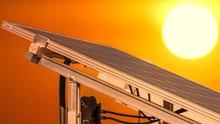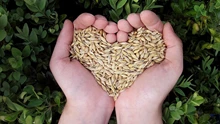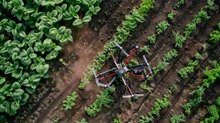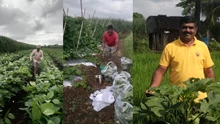
Cooking gas, an indispensable part of our daily lives, often catches us off guard when it suddenly runs out. To alleviate this inconvenience, a simple yet effective hack can help you accurately gauge the quantity of gas left in your LPG (Liquefied Petroleum Gas) cylinder. While traditional methods like observing flame color or checking the cylinder's weight may not always be reliable, there are a few other techniques that can help you in the situation.
The Wet Cloth Hack
Begin by wrapping a damp cloth around the gas cylinder, allowing it to stay for approximately one minute. Afterward, remove the cloth and keenly observe the cylinder for the next few minutes. The dry portion indicates empty space inside the cylinder, while the wet part signifies gas presence, causing that area to remain cold and challenging to dry. This hack provides a practical and accurate method for determining the amount of LPG remaining.
The Sensory Approach
There is a more sensory approach that can be employed to check levels. Since the gas in the bottle remains cold, pour some hot (not boiling) water down the side, then slowly run your finger along the poured area. When you sense cold on your finger, that marks the current gas level. This method offers a tactile solution, allowing you to estimate gas levels without specialised equipment.
Versatility of LPG
Beyond its role in cooking, LPG serves various purposes, powering vehicles and heating appliances. It also functions as an aerosol propellant and refrigerant, replacing chlorofluorocarbons to combat ozone layer damage. Notably, a gas cylinder comprises 86 percent liquid, underscoring its significance in diverse applications.
To enhance understanding, it's crucial to note that LPG serves as an autogas when utilised as a transport fuel. As technology advances, these hacks prove invaluable for everyday consumers, offering simple yet effective solutions to gauge gas levels and plan accordingly.
In situations where precise calculations are impractical, the temperature test provides an alternative. By gently pouring hot water down the side of the cylinder and feeling for cold spots, users can obtain a rough estimate of the gas level. This method adds another layer of convenience, enabling users to manage their gas supply with ease.












